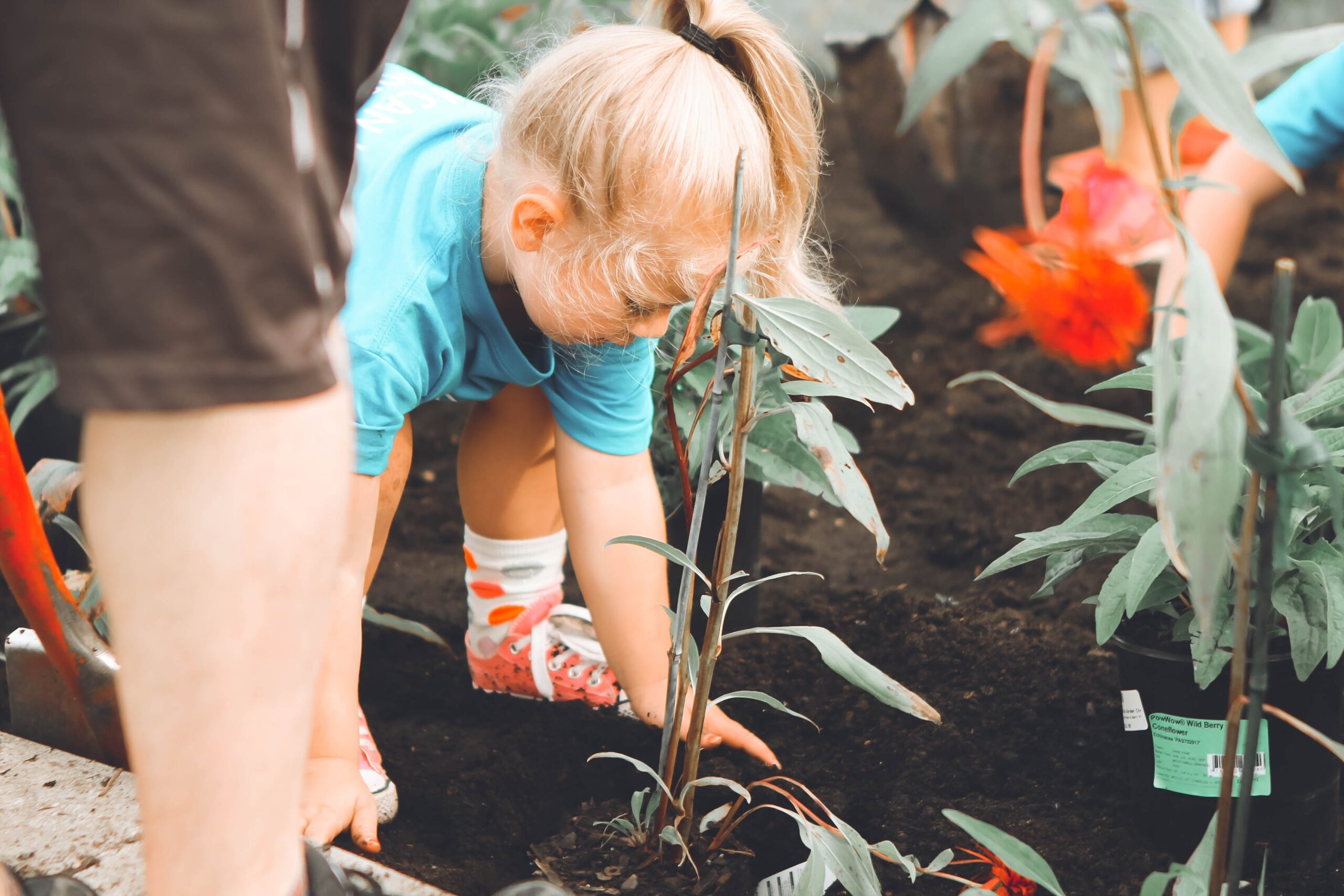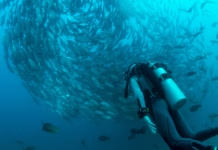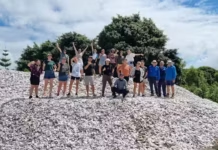Written by: Ivory Willis
The COVID-19 pandemic brought disruption to the way we work, buy essentials, and study. We were able to adapt to a great extent despite the ongoing struggle in making the necessary adjustments to this new normal of doing everything at home. Though there may have been benefits, especially in terms of convenience and savings from transportation costs, the discomfort is still greater for the ordinary worker and student. Not everyone owns the technology to make everything comfortable enough. Not everyone immediately has the skills to utilize whatever technology is available to them either.
In the case of schools, where the traditional classroom is still the ideal place for a student-teacher exchange, many were forced to adapt, and with difficulty, just so education could continue. It was even more problematic for particular classes where a lot of the learning takes place outdoors, such as environmental education. Despite the challenges when studying indoors about the world outside, different academic institutions and support organizations were able to come up with ways of bringing environmental education safely indoors.
For instance, award-winning environmental education organization Project Green Schools introduced a virtual program to engage schools, students, and communities, shifting their inaugural Race for the Planet online. From April to June, the Race for the Planet: Virtual Home Edition offered a series of challenges related to energy, waste management, food and agriculture, water, air, sustainability, and climate change. “This initiative provides a way for them to remain connected through experiential learning while promoting sustainability, conservation, and healthy lifestyles during this difficult time,” says Founder and Executive Director, Robin Buchanan.
Other than inaugural events pushing through virtually, regular events have also had to transition to being online. Earlier this year, a team from Maryville University’s online sustainability degree program hosted their first ever Virtual Goat Day, an online version of a beloved annual event that began back in 2012. The sustainability exploration team created an interactive website and even a goat simulator to celebrate the occasion in collaboration with local public schools. “I think it’s great when we have an active learning classroom — that is not actually a classroom — and engages students in multiple ways,” sustainability program coordinator Dr. Kyra Krakos told the 70 West Sentinel. Through this virtual event, students were able to learn about intersecting fields like biology, sustainability, and even marketing. “They pulled together different types of learning to become experts in that area, and they also learned how to present that science to the broader community.”
It was a much tougher challenge for tree-focused environmental organization TreePeople since all their education programs involved in-person, hands-on, outdoor execution. These programs were shut down, and they were forced to explore opportunities, shifting their programming to virtual learning. They launched their ‘Learn At Home with TreePeople’ platform in April, as well as Virtual Generation Earth, offering how-to videos, activities with supplemental worksheets for both parents and kids at home, live lessons for students and enthusiasts, and live interviews with environmental experts. “It was a challenge to move quickly and ensure that we were still able to produce quality material that was relevant for parents, teachers, and students,” said director of education and community organizing, Ariel Lew Ai Le Whitson.
Outdoor learning is still crucial to proper environmental education. Students in this field are being taught to think like scientists — in finding solutions to certain problems, one looks for evidence, comes up with possible solutions, and tests them. For many environmental cases, taking these steps are only possible outdoors. But for now, schools and organizations will just have to keep coming up with ways to adapt and continue learning safely. Gradually, environmental education shall return outside, where it truly belongs.
Header Image Credit: Anna Earl/Unsplash







